May 26, 2025 | 03:18 GMT +7
May 26, 2025 | 03:18 GMT +7
Hotline: 0913.378.918
May 26, 2025 | 03:18 GMT +7
Hotline: 0913.378.918
Prime Minister Pham Minh Chinh has just signed Decision No. 368 approving the planning of the Red River Delta for the 2021–2030 period, with a vision to 2050.
The planning identifies and develops the Red River Delta as a particularly important strategic area and a leading development driving force, playing a leading role in the country's process of restructuring the economy and transforming the growth model to create breakthroughs in rapid and sustainable development. Regional development must promote the region's role and effectively exploit strengths in geopolitics, geo-economics, natural conditions, cultural and historical values, ecomic corridors and belts, growth poles, economic centers, and urban systems.

Hanoi Capital will be a globally connected central city, according to the planning of the Red River Delta recently approved by the Prime Minister. Photo: The Laborer.
The task of developing and restructuring the regional economy must rely on science and technology, innovation, and digital transformation to improve the region's productivity, quality, efficiency, and competitiveness. It is also compulsory to effectively promote the nation's leading science and technology research centers and innovation centers to transform the growth model towards modern industry and services and high-tech, organic, green, and circular agriculture, ensuring a modern, civilized, and ecological developed region leading the country.
At the same time, develop a synchronous, modern infrastructure system, ensuring reasonable, effective, unified spatial organization and intra-regional, inter-regional, regional, and international linkages; maximizing the advantages of the region and the spillover effects of driving regions, growth poles, economic corridors, and international ports.
With a vision to 2050, the Red River Delta will be a modern, civilized, ecological, and high-income developed region; a major economic and financial center of regional and world significance; the country's leading center in culture, education and training, science and technology, innovation, the digital economy, a digital society, healthcare, and public health.
Hanoi Capital will become a globally connected city; Economic, cultural, and social development will be comprehensive, unique, and harmonious, typical for the whole country and on par with the capitals of developed countries in the region and the world.
According to regional planning, the Red River Delta strives to have an average growth rate of gross regional domestic product (GRDP) of about 9.0–9.5%/year by 2030. The average GRDP per capita at current prices by 2030 will reach about USD 11,000–USD 12,000/person.
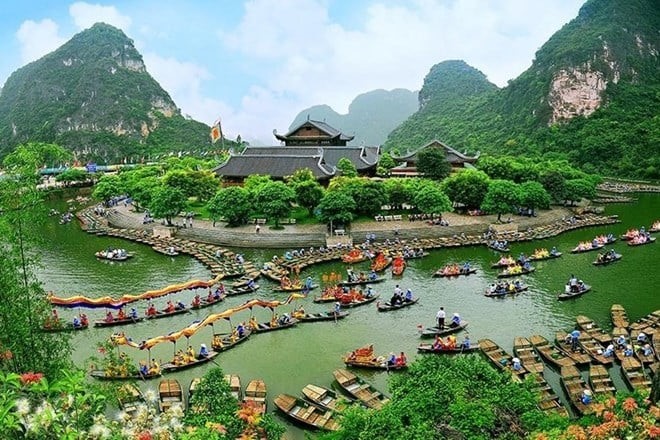
Ninh Binh tourism. Photo: The Laborer.
Infrastructure will be synchonized and modernized, with the completion of North-South expressway East routes passing through the region, connecting roads, belt routes in the Hanoi Capital region, and coastal roads. Besides, it is also planned to expand Noi Bai International Airport and complete the infrastructure of Hai Phong and Quang Ninh seaports. Complete and put into operation urban railway lines in Hanoi.
According to the newly approved planning, the region's socio-economic activities will be organized into two sub-regions, North of the Red River and South of the Red River, with a national driving region (including Hanoi City and district-level areas along National Highway 5 and National Highway 18, spanning Bac Ninh, Hung Yen, and Hai Duong provinces, Hai Phong city, and Quang Ninh province), four growth poles (including Hanoi Capital, Bac Ninh, Quang Ninh, and Hai Phong), and five economic corridors (two international connection corridors and three regional connection corridors).
The Northern sub-region includes seven provinces and cities, namely Hanoi, Hai Phong, Quang Ninh, Hai Duong, Hung Yen, Bac Ninh, and Vinh Phuc. The development of the Northern sub-region is closely linked to the development of the Hanoi Capital region.
This sub-region will focus on developing high-tech industries, processing and manufacturing industries with high added value, especially the mechatronics industry, semiconductor chips, digital technology products, artificial intelligence, and robotics. Developing services, commerce, finance and banking, transportation and logistics, and international tourism; and leading the country in education and training, science, and technology.
The Southern sub-region includes four provinces: Thai Binh, Nam Dinh, Ha Nam, and Ninh Binh. This sub-region will prioritize the development of coastal economic zones and industrial parks to facilitate strong economic restructuring; high-tech, organic, and circular agricultural industries; agricultural product preservation and processing industries; supporting industries; renewable energy; and clean energy. In addition, there will be a focus on developing eco-tourism, resort tourism, cultural and spiritual tourism associated with environmental protection; developing tourism services connecting with the North Central sub-region; well-protecting the coastal ecological environment and aquatic resources; and developing coastal protection forest ecosystems.
Translated by Thu Huyen
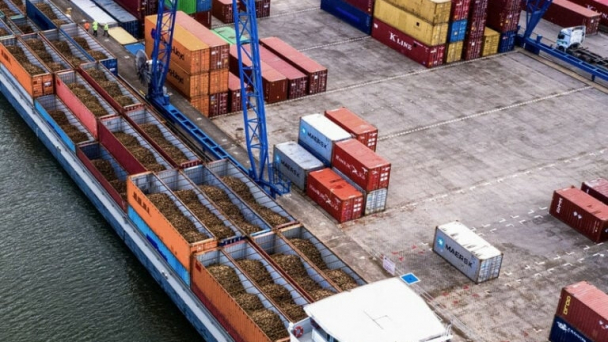
(VAN) The mutual export of agrifood products between the European Union (EU) and the United Kingdom (UK) must occur again without certification, border controls or other red tape. This was agreed at the UK-EU summit.
/2025/05/22/5121-2-173645_677.jpg)
(VAN) NBSAP Tracker identifies strengths and areas for improvement in the National Biodiversity Strategy, based on each region’s priorities and capacities.
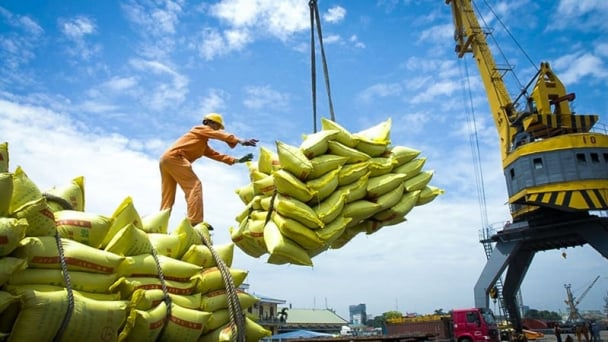
(VAN) The draft amendment to the Circular on rice export trading stipulates a periodic reporting regime for rice exporting enterprises.
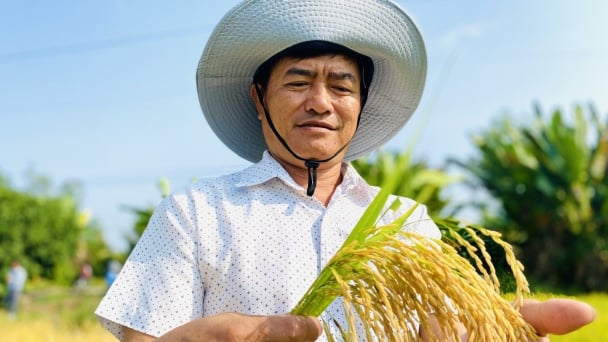
(VAN) Dong Thap farmers attained an average profit margin of 64% during the summer-autumn 2024 crop (first season), while An Giang and Kien Giang farmers followed with 56% and 54%, respectively.
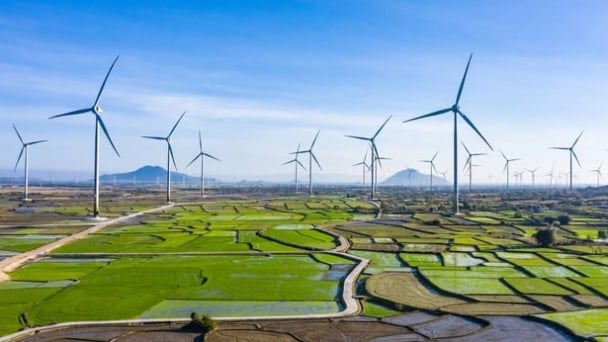
(VAN) As a doctoral student doing research on renewable energy and electrification at Harvard University, the author shares his musings on electricity, nature, and countryside memories.

(VAN) The decree on Extended Producer Responsibility (EPR) ensures transparent management and disbursement of support funds, avoiding the creation of a “give-and-take” mechanism.
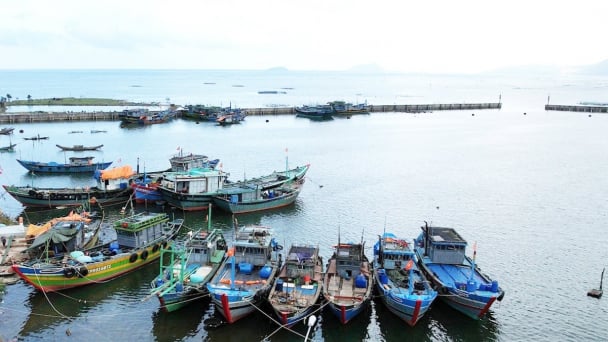
(VAN) Hue City rigorously enforces regulations regarding marine fishing and resource exploitation, with a particular emphasis on the monitoring of fishing vessels to prevent illegal, unreported, and unregulated (IUU) fishing.